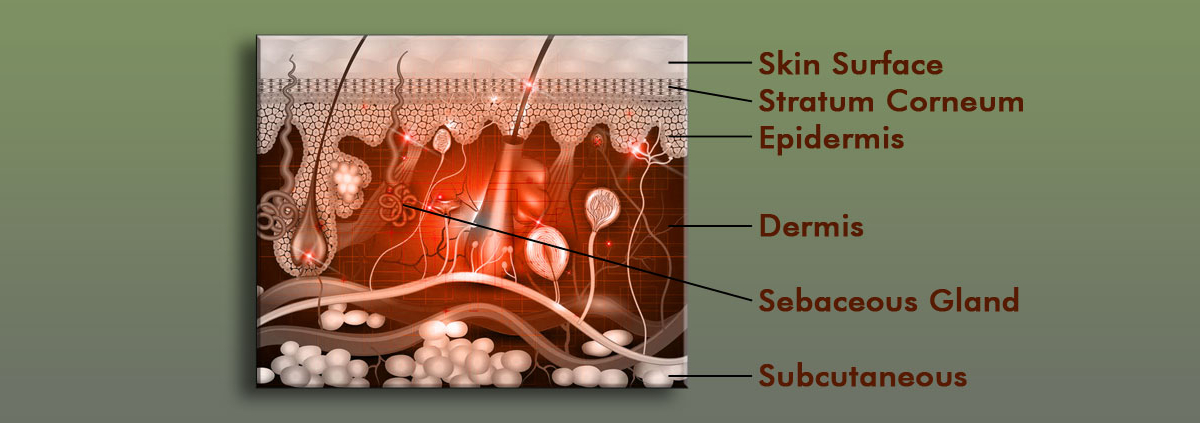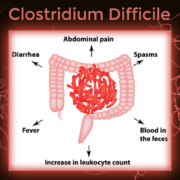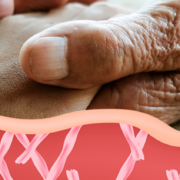The Skin Microbiome: Anatomy
The skin microbiome is amazingly complex. Not only do we have all the beneficial bacteria and other microbes, we also have microbes that can be beneficial or damaging depending on how we treat the skin. Let’s begin with location: where are all these microbes located? For that, we need to understand a little bit about the structure of the skin.
The skin is the largest organ of the body and is constructed of two different layers: the outermost or the epidermis and an inner layer called the dermis. The outermost layer called the stratum corneum is composed of dead cells that are chemically crosslinked with each other and with cells below to provide a true barrier. As they’re sloughed off, they’re replaced.
To say “skin is skin” does this organ a disservice. It varies in different locations in the body and provides amazing microenvironments based on UV light exposure, pH, temperature, moisture, and sebum content. What is sebum? That’s the product of sebaceous or oil-producing glands, primarily located on the face, the chest, and the back. The sebum provides a coating that repels water and provides an antibacterial shield to hair and skin.
There are also areas of the body that are moist such as under the arms, between the toes, and in other more private areas. Those areas contain sweat glands which modify the pH of the skin and make it more acidic. That created an unfavorable environment for the growth of some bacteria and other organisms.
That’s the anatomy of the skin. The next question is what type of bacteria and other microbes are found on the skin and exactly what do they eat? We’ll cover that on Saturday.
What are you prepared to do today?
Dr. Chet
Reference: Nature Reviews doi:10.1038/nrmicro.2017.157









 SkinMicrobiome
SkinMicrobiome